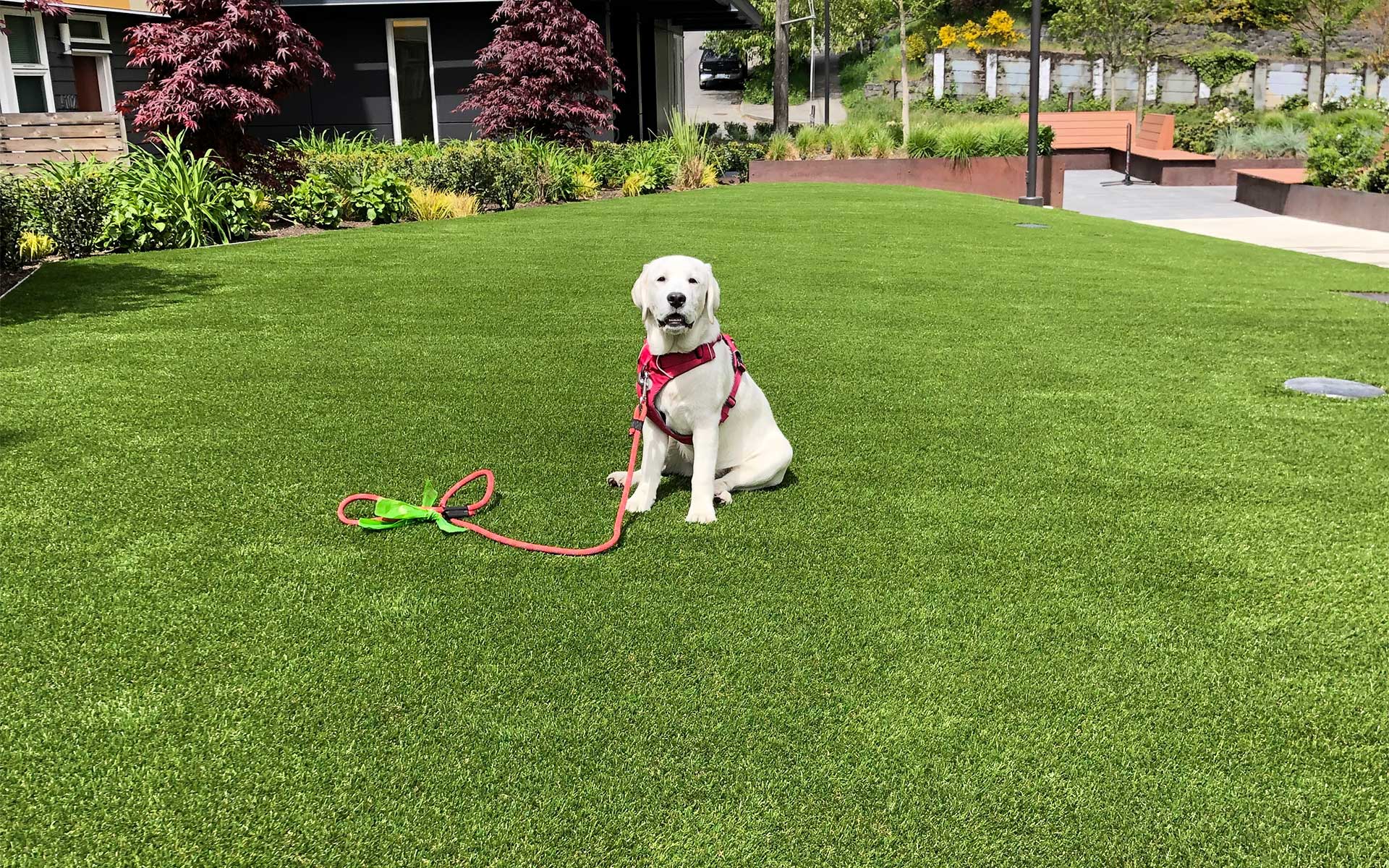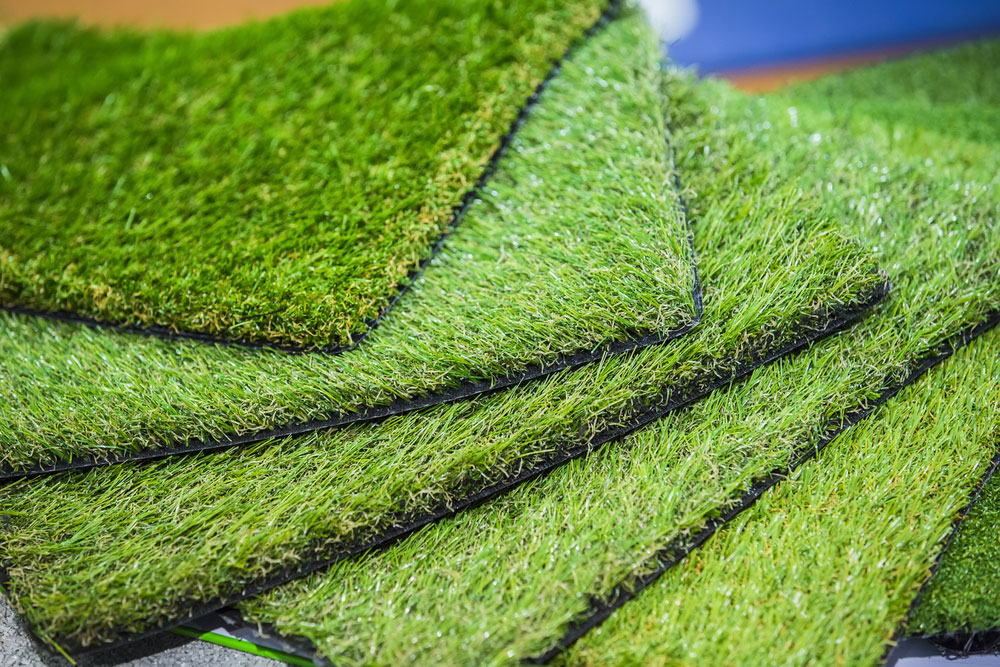Best Phoenix Turf Companies Providing High-Quality Synthetic Grass Options
Wiki Article
Look Into the Environmental Conveniences of Opting for Synthetic Grass Solutions
The fostering of man-made grass solutions presents a compelling possibility to deal with pressing ecological obstacles. By dramatically reducing water use and decreasing the application of hazardous chemicals, these alternatives not only promote lasting landscape design but likewise secure neighborhood communities.Water Preservation Benefits
One of the most substantial benefits of synthetic lawn is its capability to save water. In comparison, synthetic turf does not need watering, significantly reducing the overall need for water resources.By removing the need for regular watering, synthetic grass adds to lasting landscape methods and assists alleviate the environmental effect of extreme water intake. The conservation of water expands to the decrease of drainage, which can lead to soil disintegration and river air pollution.
Furthermore, the installment of synthetic grass permits home owners and districts to allocate water sources extra successfully, focusing on important uses such as alcohol consumption water and agriculture. The change in the direction of synthetic turf not just advertises accountable water use however additionally straightens with wider ecological goals focused on preserving natural deposits.
As communities increasingly focus on sustainability, the water conservation benefits of fabricated grass offer a compelling instance for its fostering in household and commercial landscaping jobs.
Decreased Chemical Use
The change to synthetic grass considerably decreases the dependence on chemical therapies frequently utilized in natural yard maintenance. Typical lawn administration usually includes the application of fertilizers, chemicals, and herbicides to advertise growth and control bugs. These chemicals can pose dangers to human wellness, neighborhood wild animals, and the setting, adding to dirt and water contamination.In comparison, artificial lawn eliminates the requirement for these hazardous substances. Once set up, it calls for very little upkeep, mainly including regular cleaning and seldom infill replenishment. This reduction in chemical usage not just profits the immediate setting yet likewise adds to broader environmental stability. By lessening the launch of synthetic compounds into the environment, synthetic grass advertises healthier soil and water systems.
Furthermore, the lack of chemical overflow linked with synthetic grass setups assists shield neighborhood waterways from air pollution, supporting water life and keeping biodiversity. Arizona turf. As neighborhoods significantly prioritize lasting techniques, choosing synthetic grass provides a viable remedy that straightens with environmental preservation goals. Through this shift, residential or commercial property owners can delight in rich eco-friendly areas without jeopardizing eco-friendly wellness, leading the way for a much more lasting future
Lower Carbon Footprint

Additionally, the installment of fabricated lawn can cause significant water preservation. Natural lawns call for significant quantities of water for irrigation, which not only contributes to the carbon footprint related to water removal and treatment but additionally strains regional water sources. In comparison, synthetic grass requires very little maintenance, calling for no watering, thus considerably minimizing water use and its linked energy prices.
In addition, the longevity of synthetic grass adds to its decreased carbon impact. With a lifespan of approximately 15 years or more, the need for constant replacements is reduced, resulting in much less waste and lower energy intake in production and getting rid of typical turf options. Overall, man-made lawn Recommended Reading presents a lasting alternative for eco aware landscaping.
Environment Preservation
Habitat preservation is a vital factor to consider in the discussion over landscaping selections, particularly when contrasting synthetic grass to all-natural yard. Natural turf yards frequently require comprehensive maintenance, consisting of making use of pesticides, herbicides, and fertilizers, which can negatively influence local ecosystems. These chemicals can leach into the soil and rivers, hurting indigenous plants and animals and interrupting neighborhood environments.
Fabricated grass eliminates the need for damaging chemicals, therefore securing neighboring wildlife and preserving the honesty of bordering communities. The setup of man-made turf can lead to the conversion of previous lawn locations into more biodiverse landscapes, such as pollinator gardens or native plant locations, which can support neighborhood wild animals.
Inevitably, the shift to synthetic grass not just saves water and decreases upkeep initiatives yet additionally promotes a much more unified partnership in between human activities and the all-natural setting, promoting habitat conservation in the procedure.
Long-Term Sustainability
Long-lasting sustainability is a critical consider reviewing the advantages of synthetic grass over standard grass lawns. Among the most substantial advantages of synthetic grass is its sturdiness; it can last approximately 15-20 years with minimal maintenance, whereas all-natural turf calls for regular reseeding and substitute. This durability lowers the need for consistent sources, such as water, plant foods, and pesticides, which are important for keeping a healthy and balanced turf lawn.In addition, synthetic grass contributes to a reduction in carbon Learn More emissions associated with lawn treatment equipment. Typical lawns usually require gas-powered mowers, leaners, and blowers, all of which contribute to air contamination. Turf installation phoenix az. On the other hand, synthetic grass eliminates the demand for such equipment, advertising a cleaner atmosphere
Furthermore, the production of man-made lawn increasingly utilizes recycled materials, improving its sustainability account. As suppliers adopt environmentally friendly techniques, the environmental footprint of man-made lawn remains to reduce.

Final Thought
The fostering of man-made lawn options offers substantial environmental benefits, consisting of significant water conservation, reduced reliance on harmful chemicals, and a lower carbon impact. Moreover, synthetic grass help in preserving natural habitats by minimizing land disturbance and advertising lasting sustainability through making use of long lasting products. Collectively, these factors highlight the potential of artificial grass to add positively to environmental health and wellness and supply a practical option to conventional landscape design techniques in a significantly resource-conscious globe.In contrast, synthetic turf does not this hyperlink need watering, dramatically lowering the overall need for water sources. By reducing the release of synthetic substances into the ecological community, synthetic lawn promotes healthier soil and water systems.
Furthermore, the setup of synthetic grass can result in substantial water conservation. In contrast, artificial grass requires minimal upkeep, calling for no watering, thus dramatically minimizing water use and its connected energy prices.

Report this wiki page